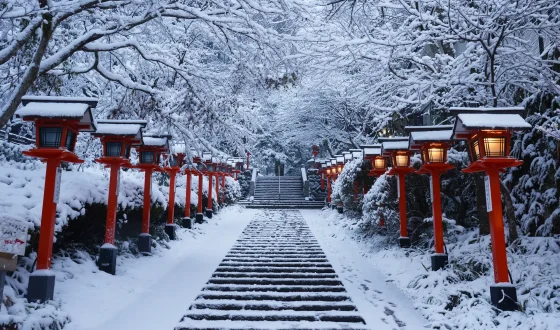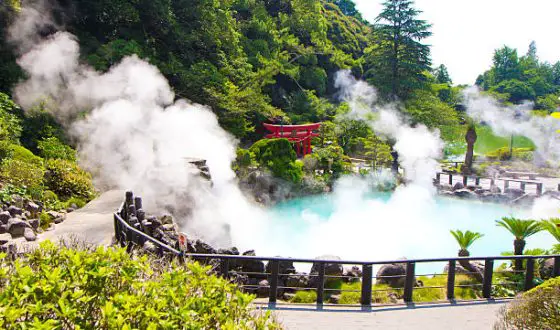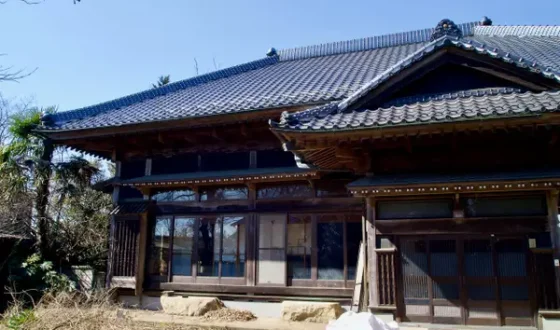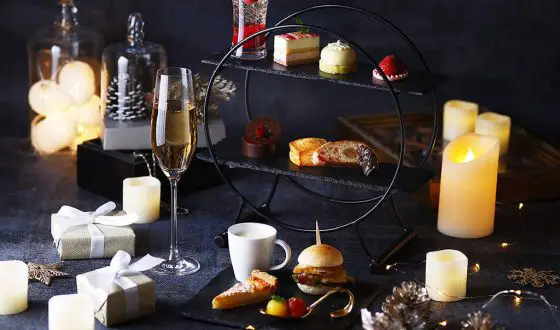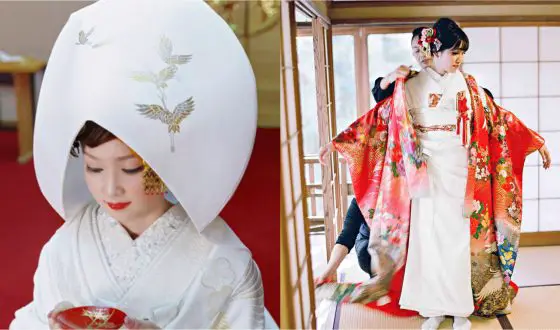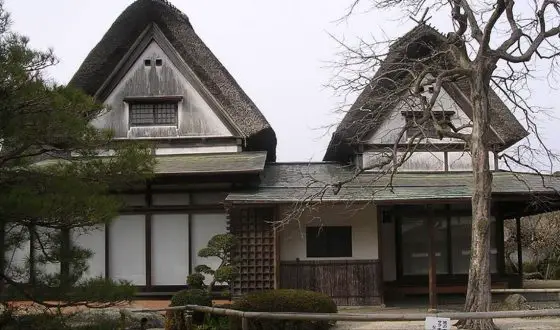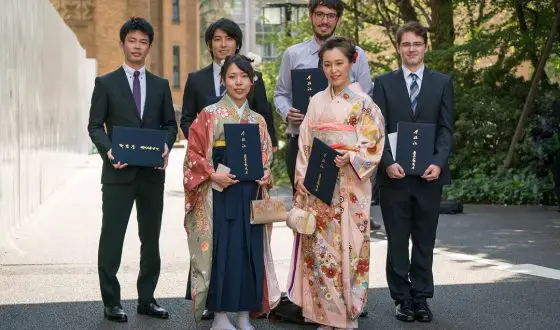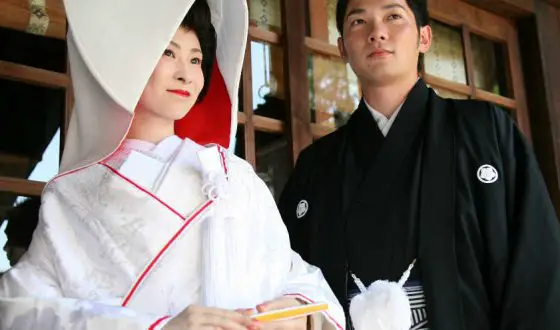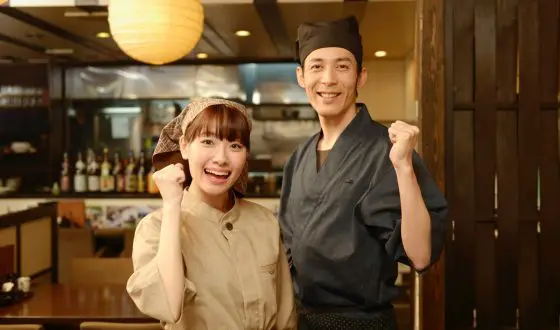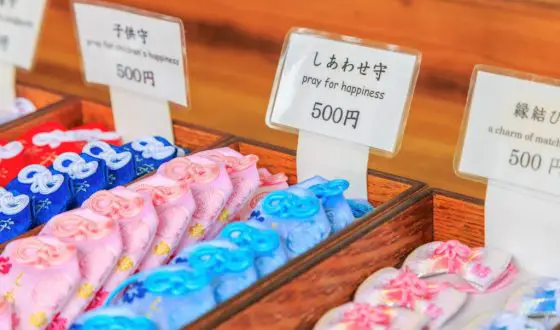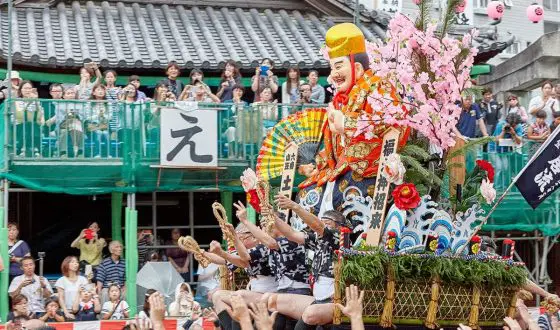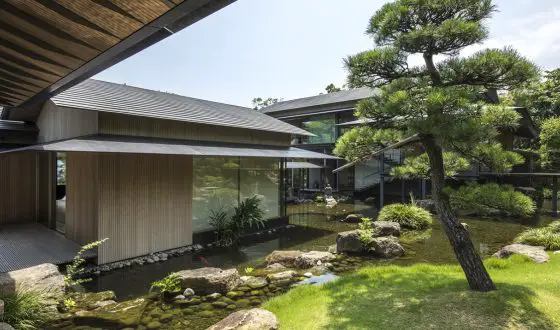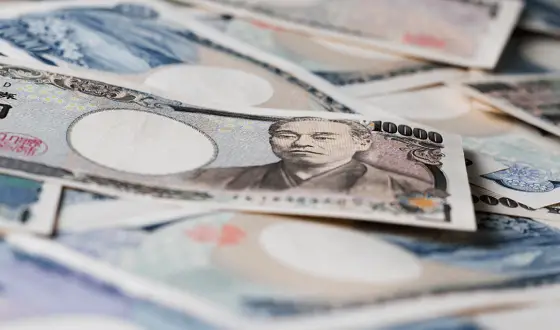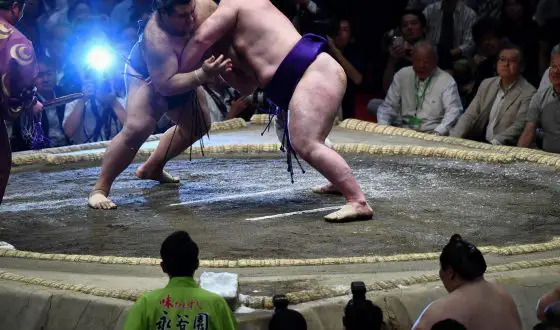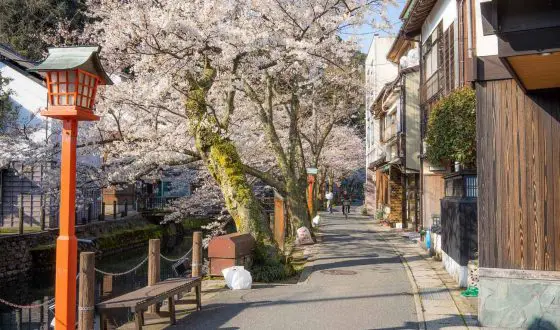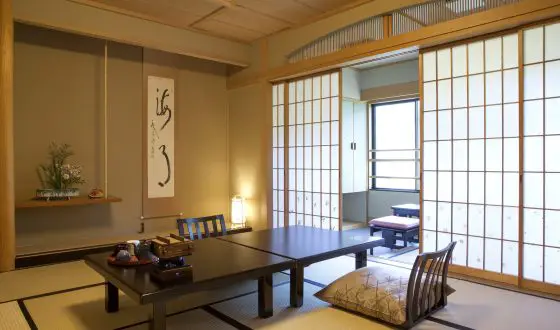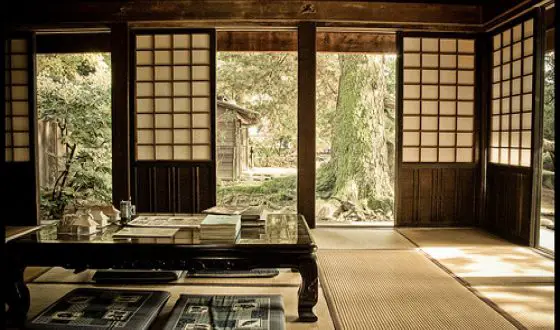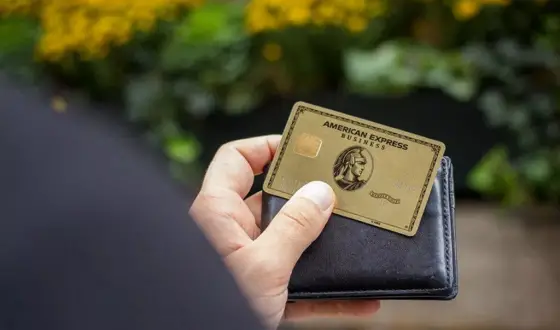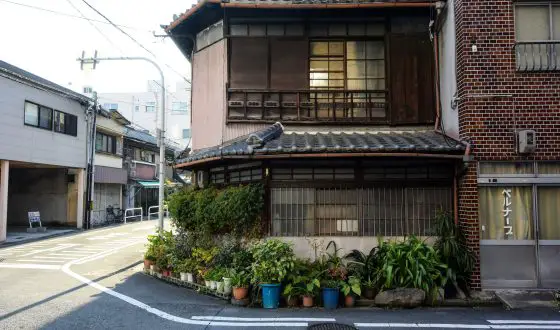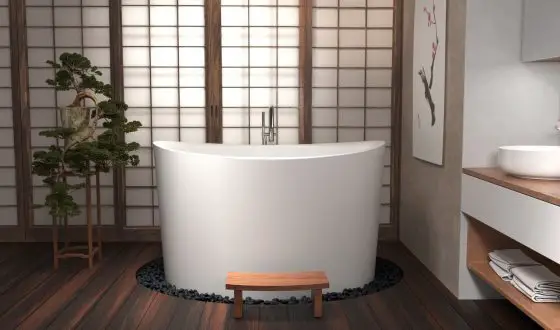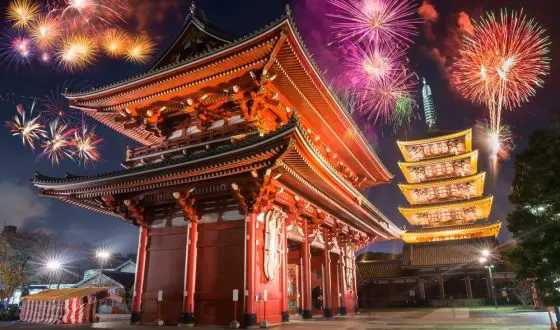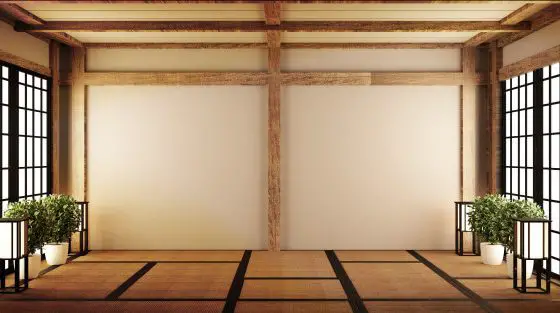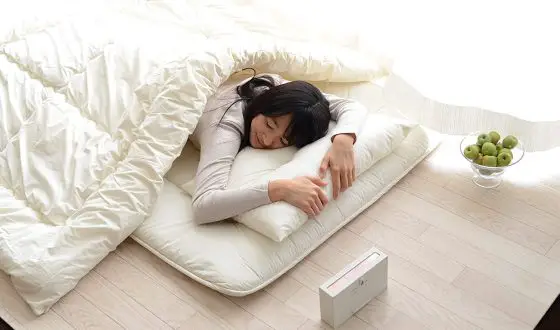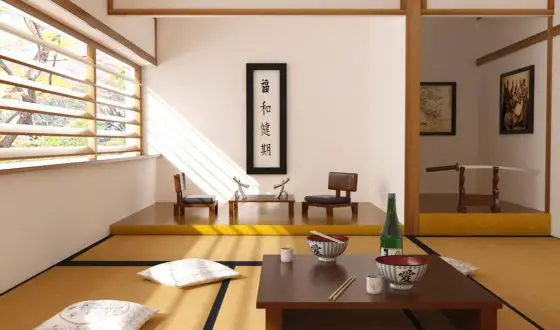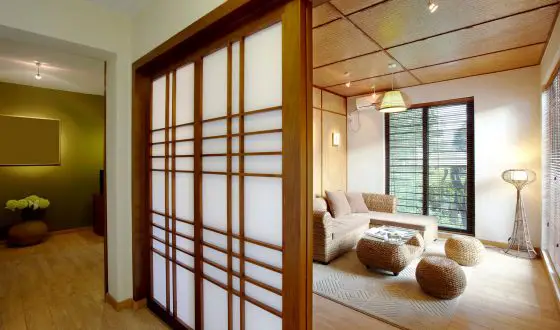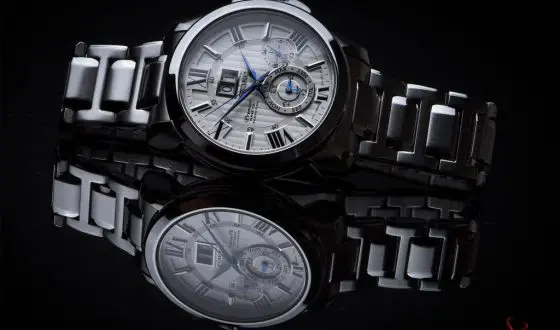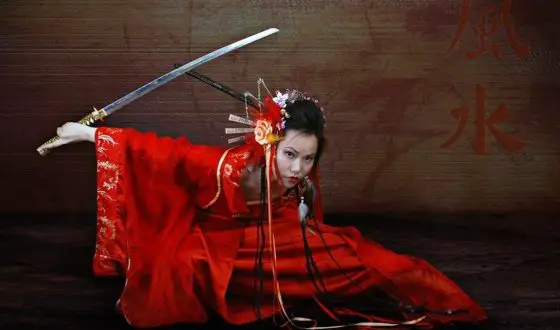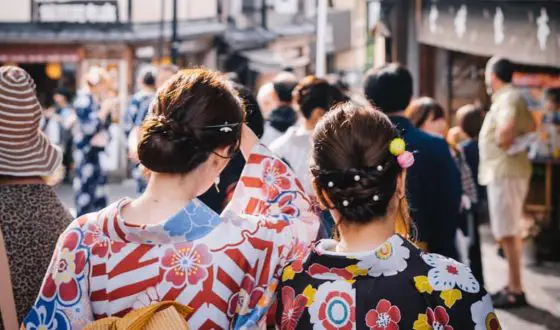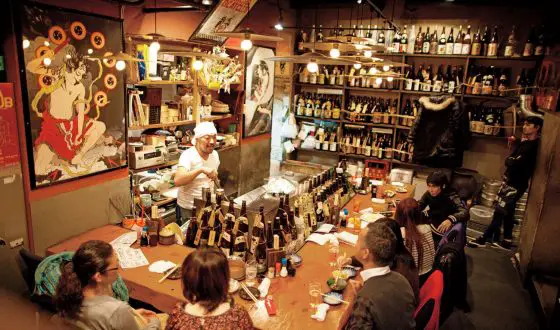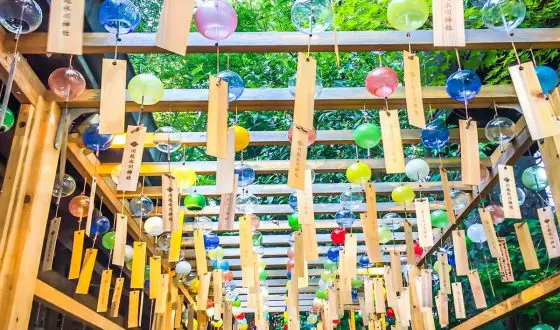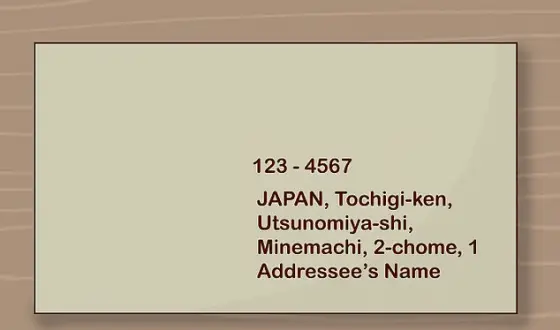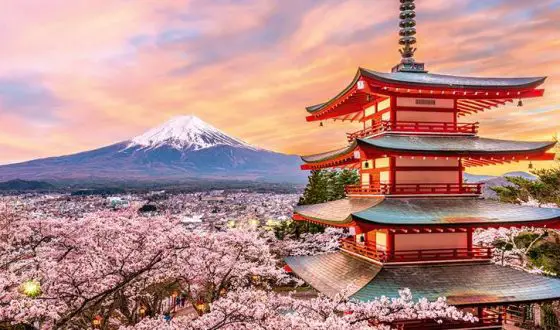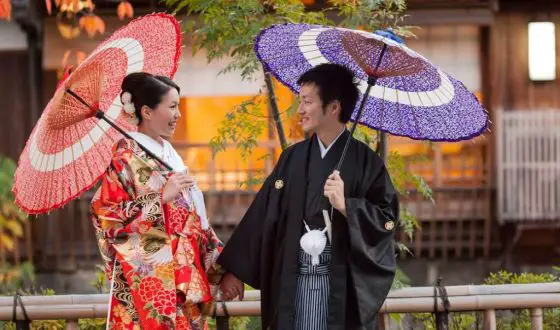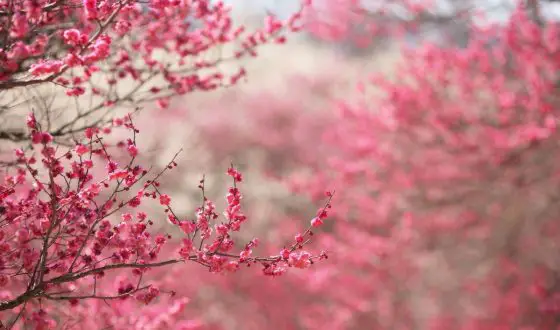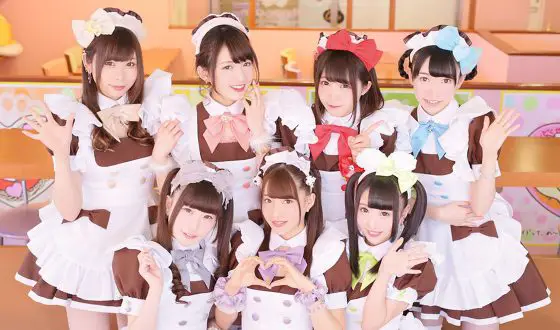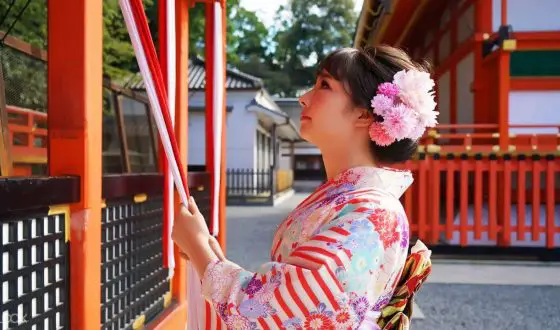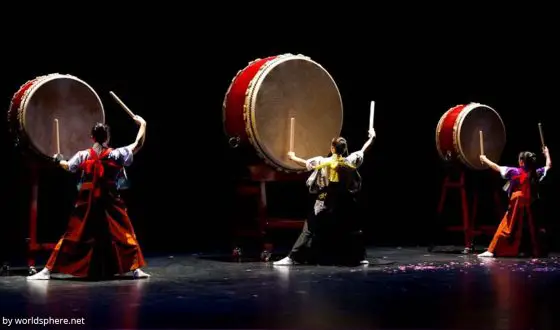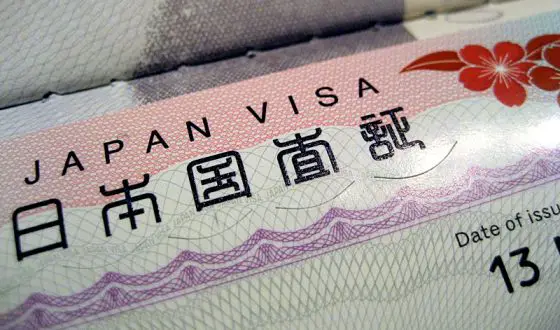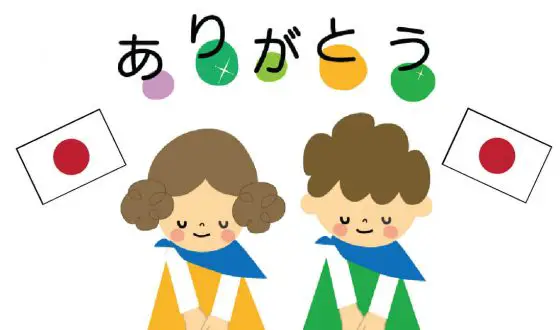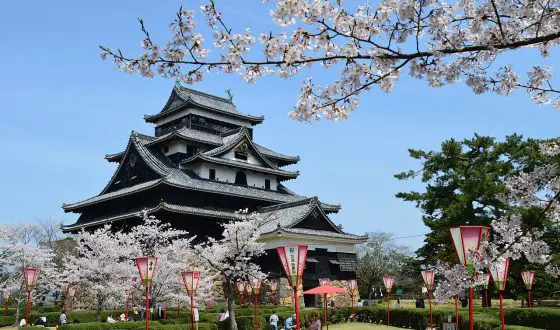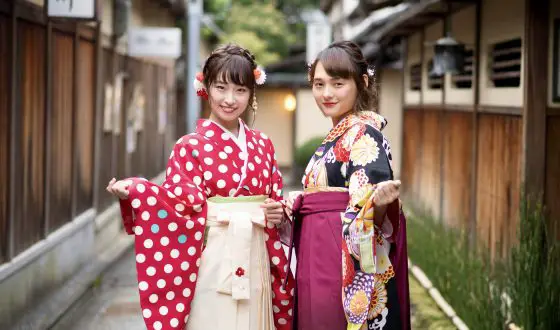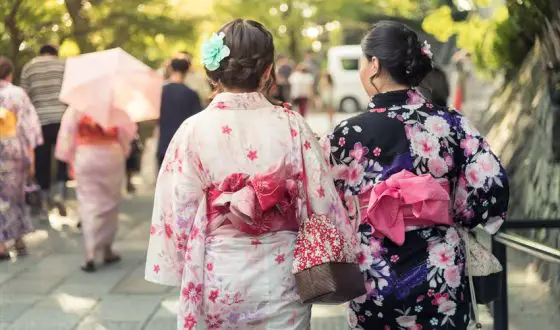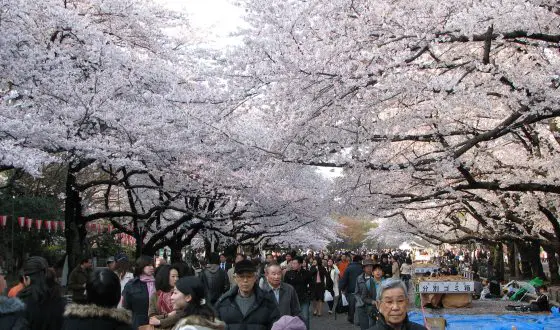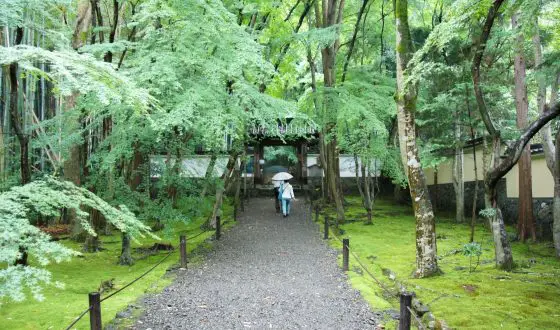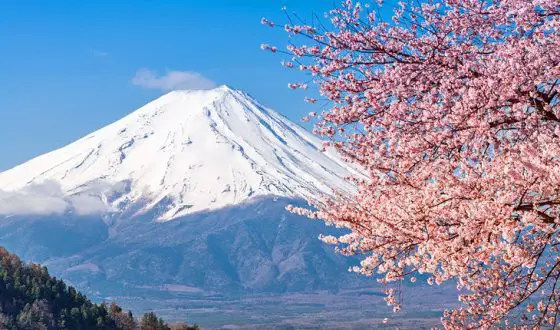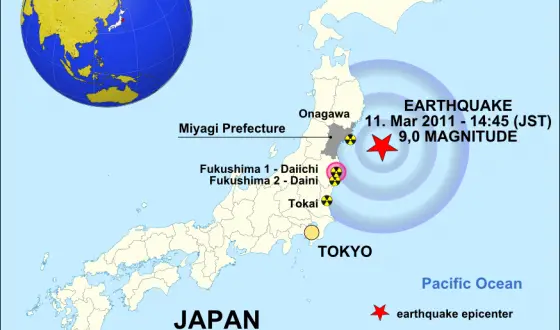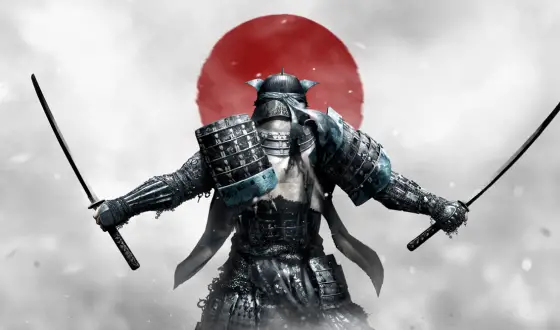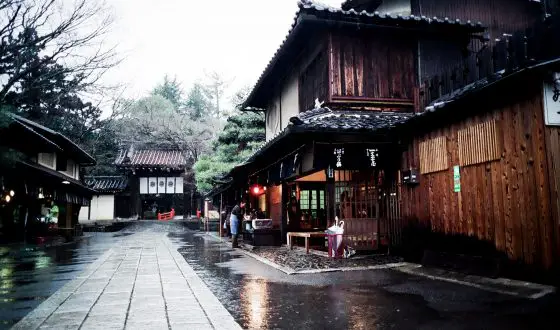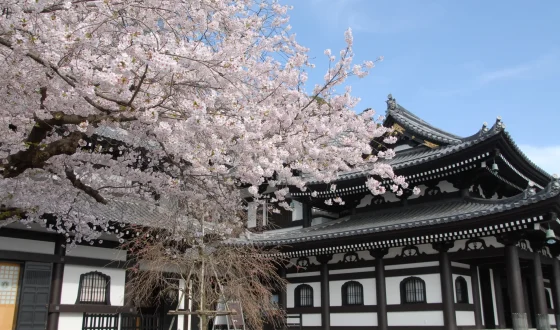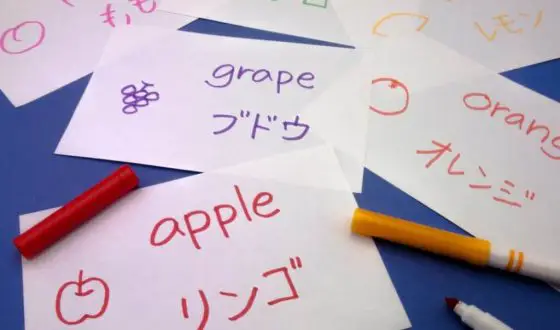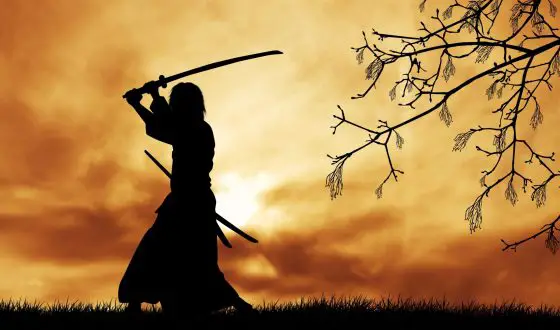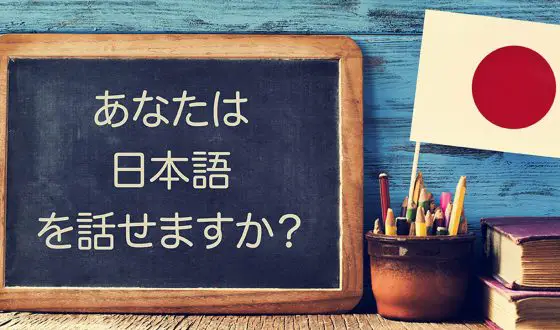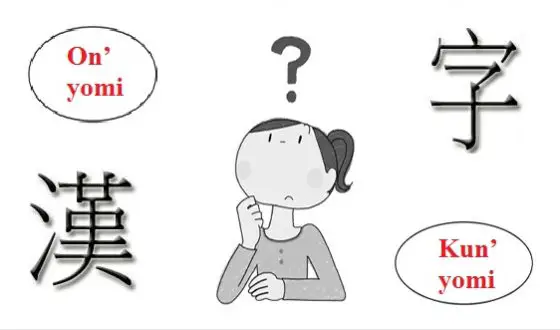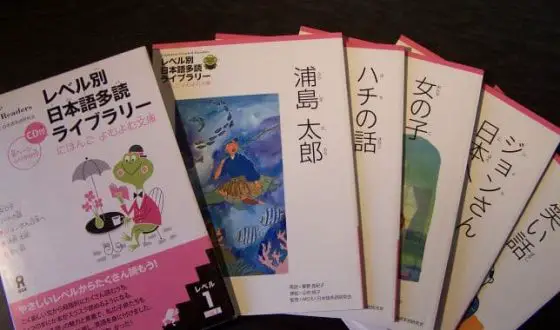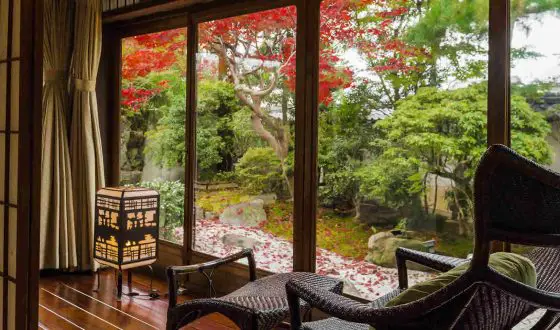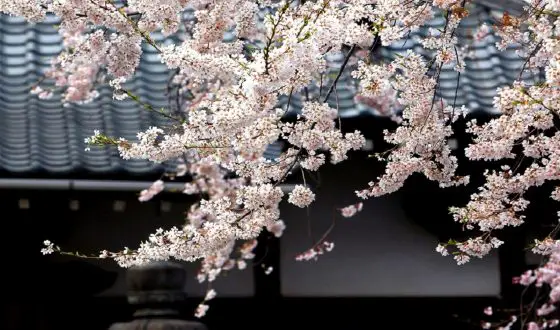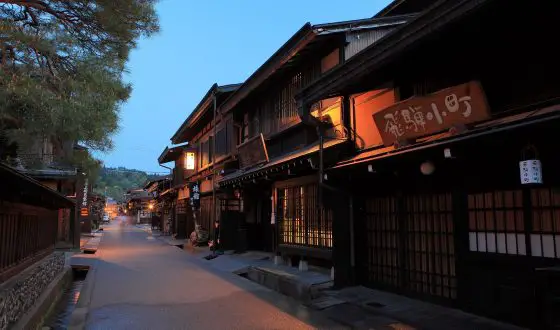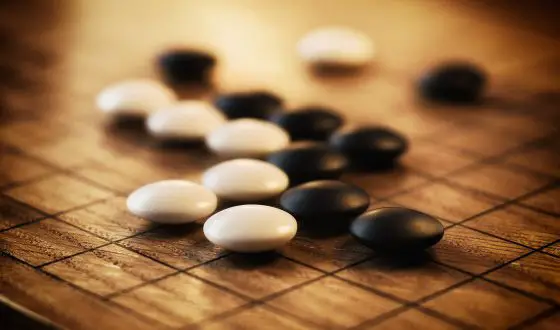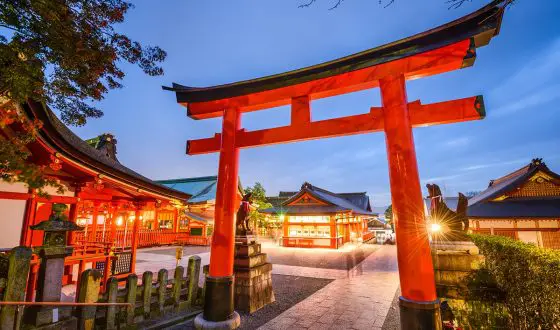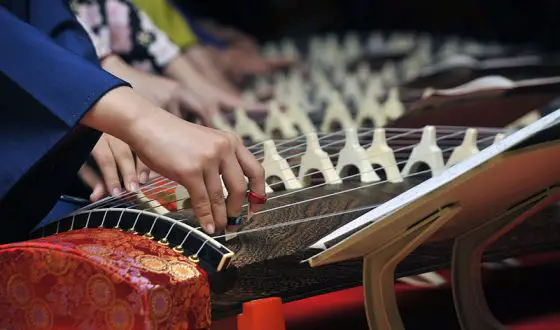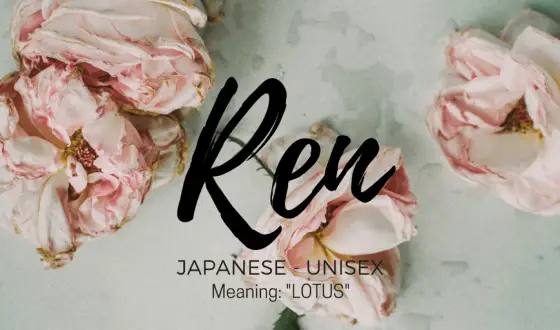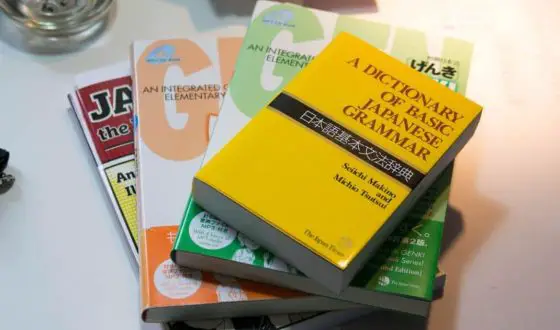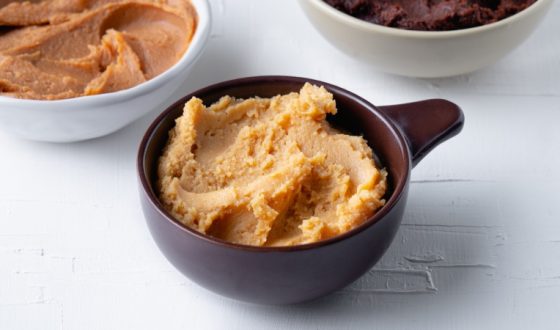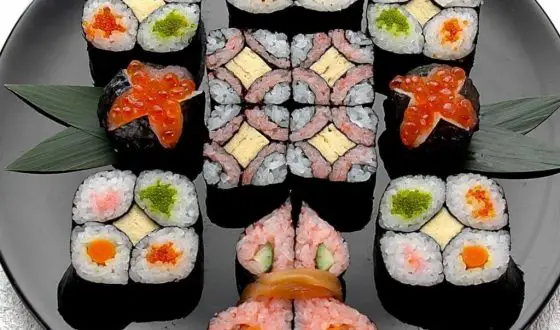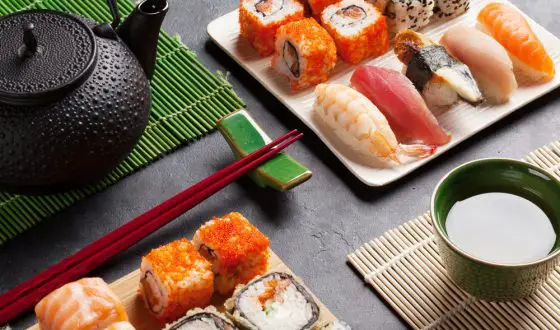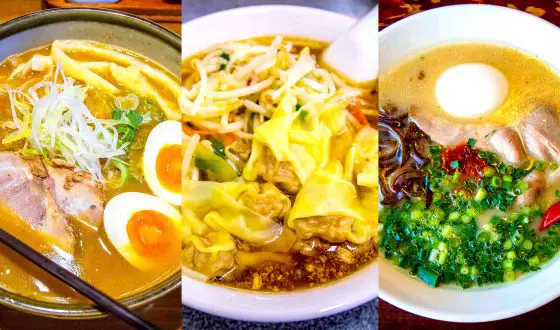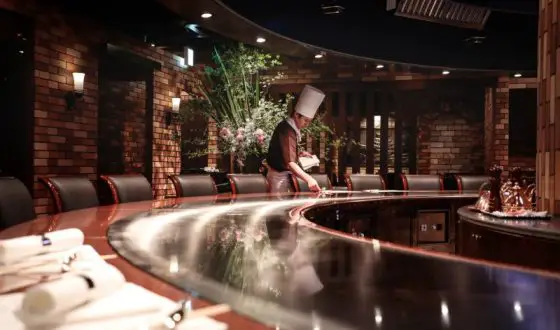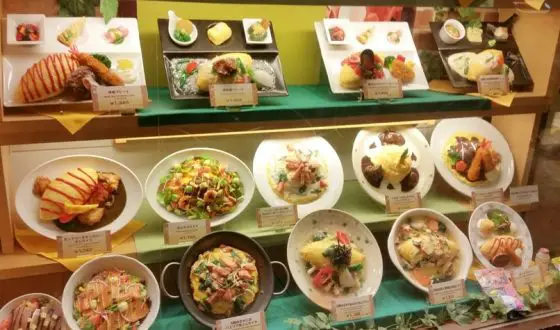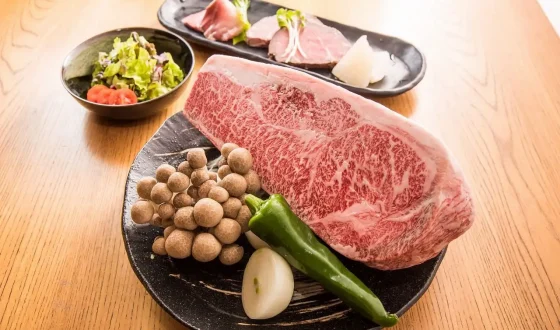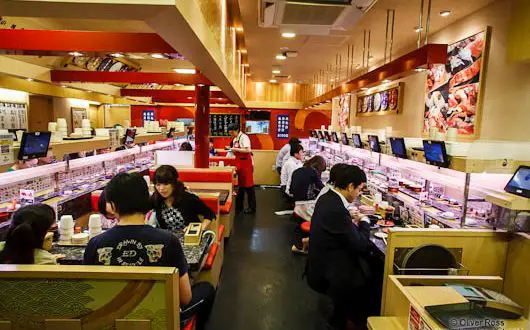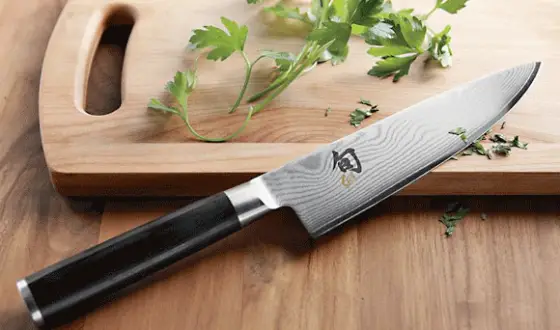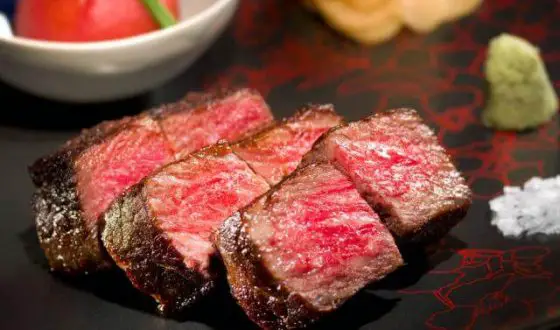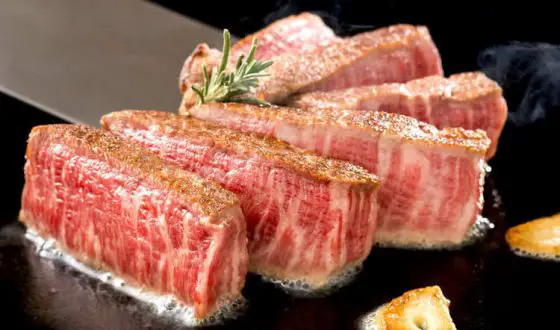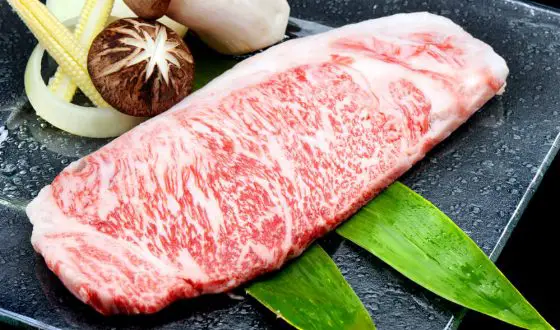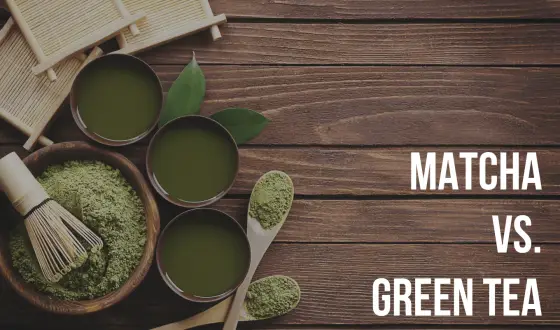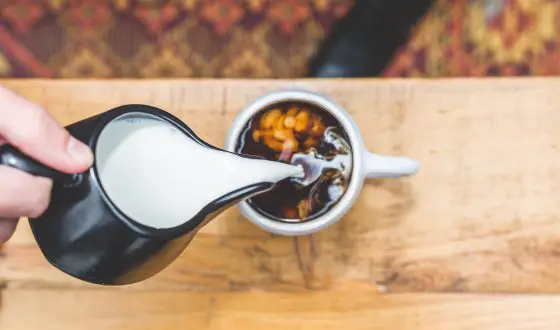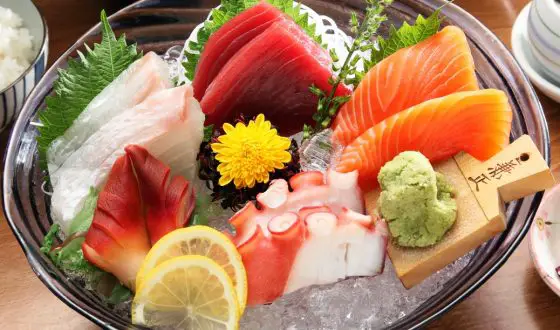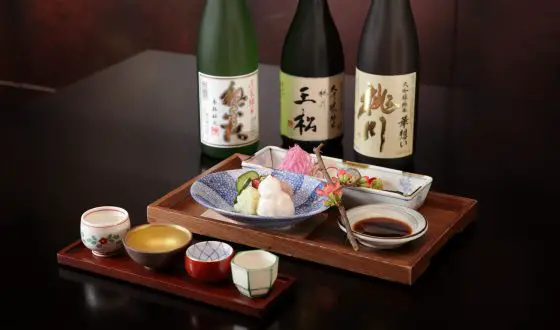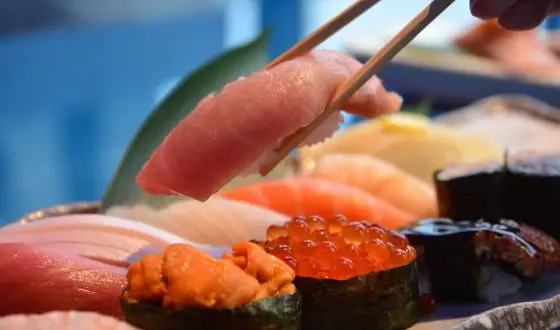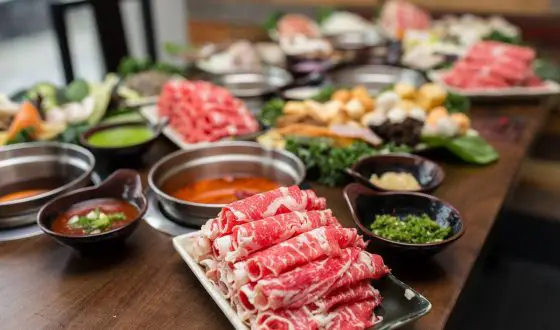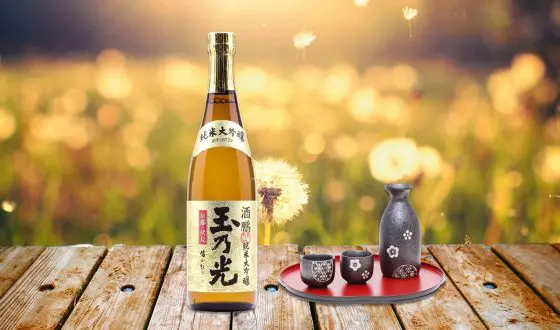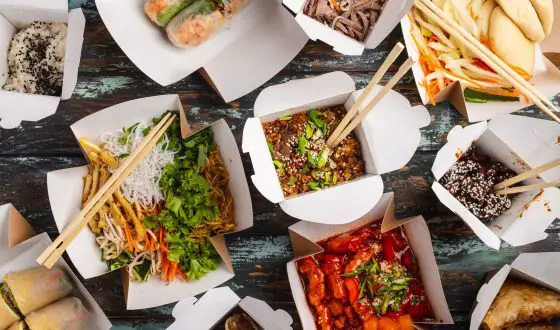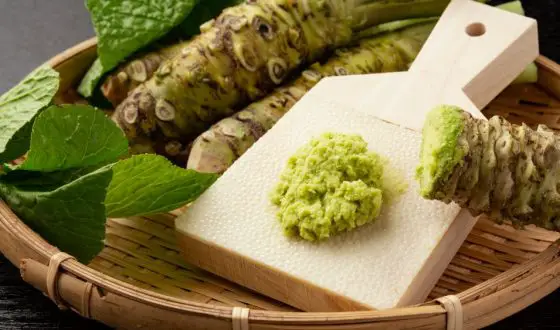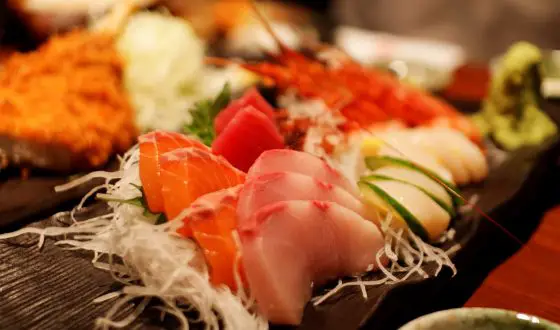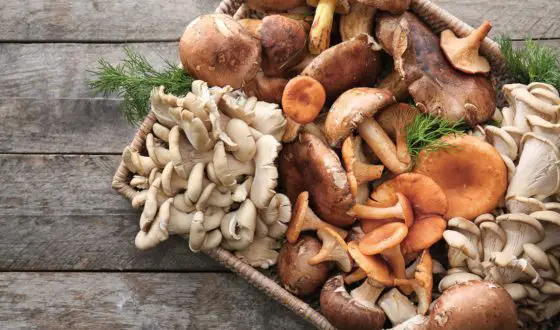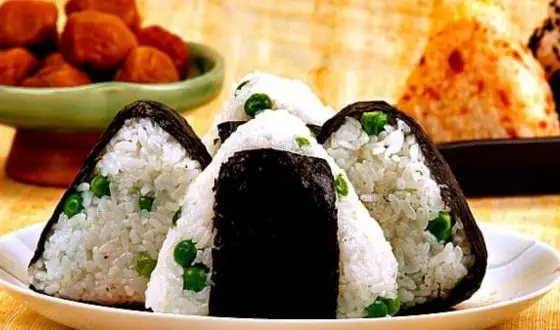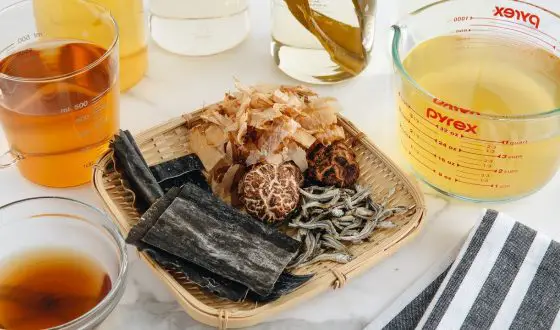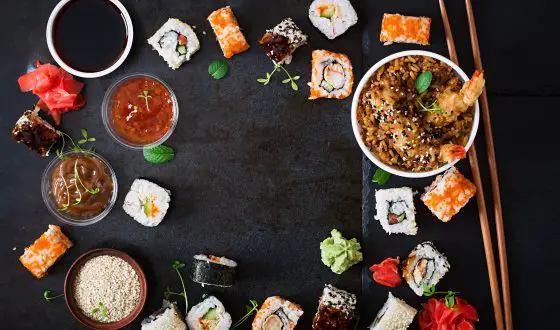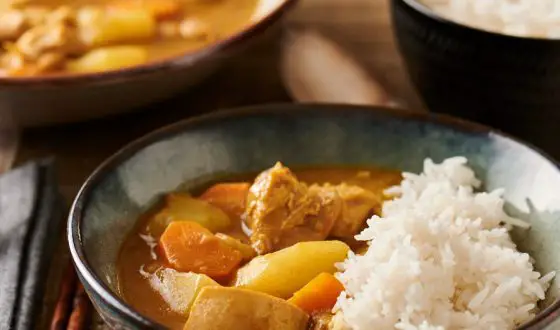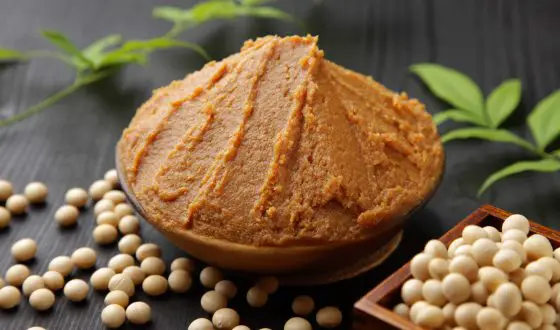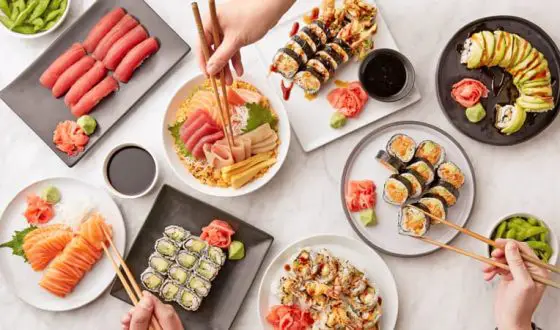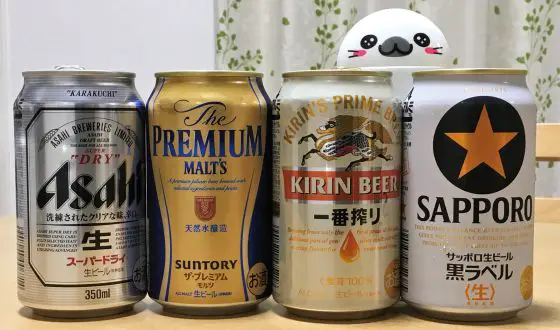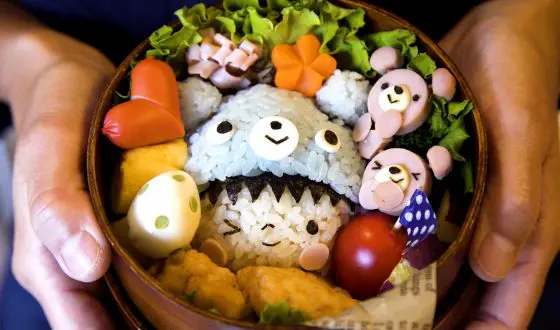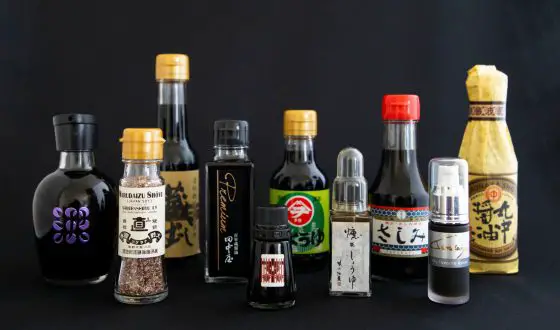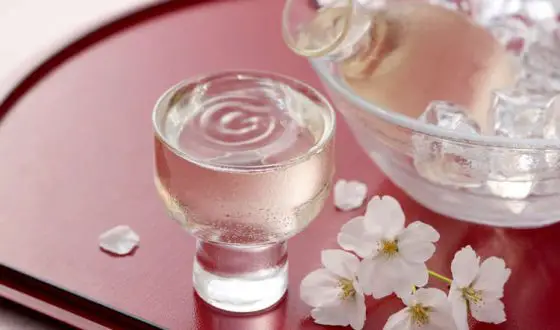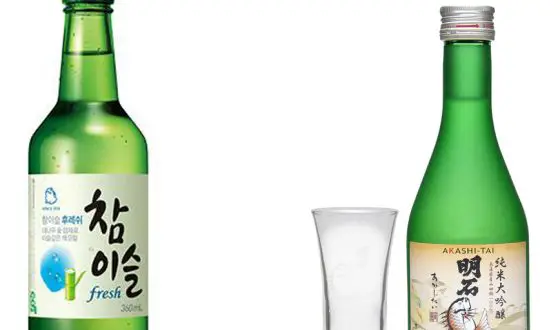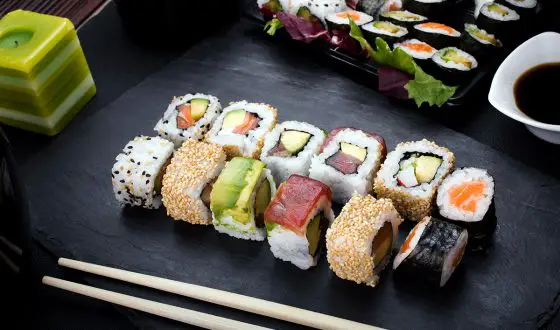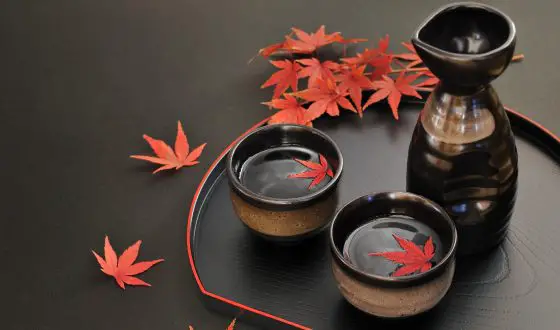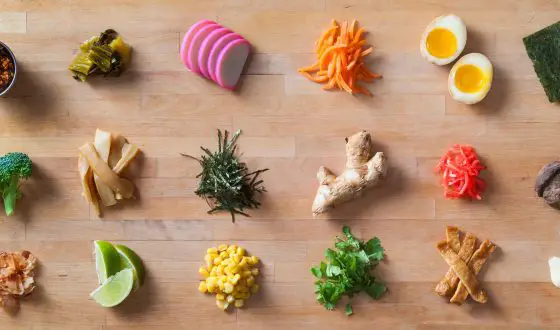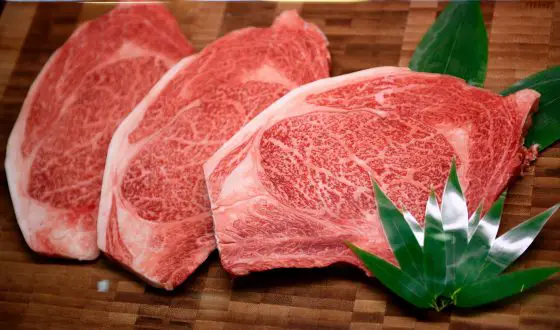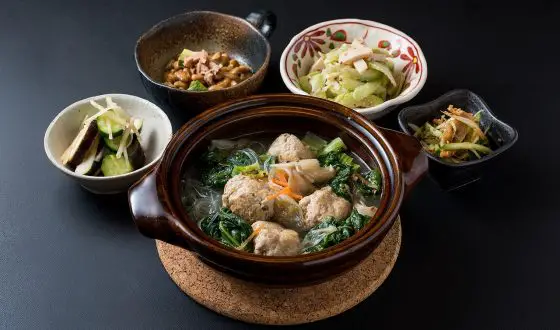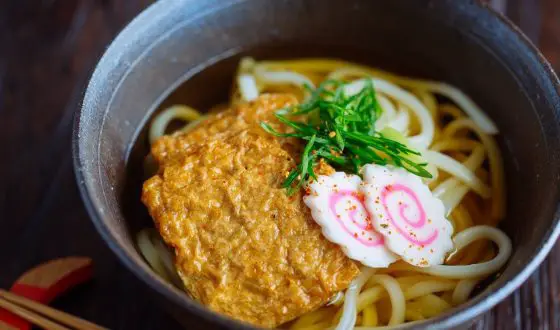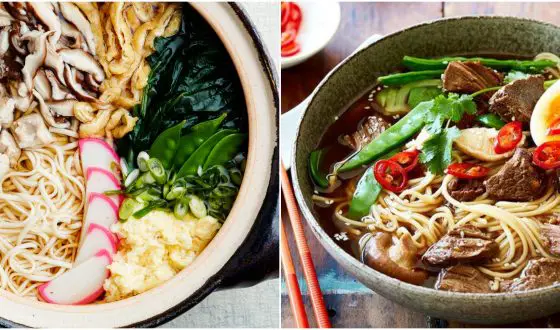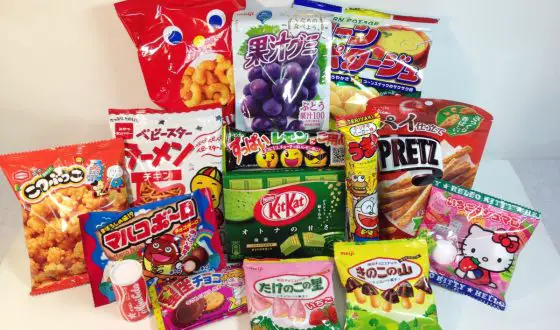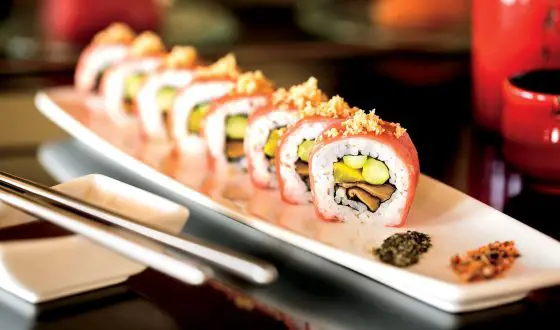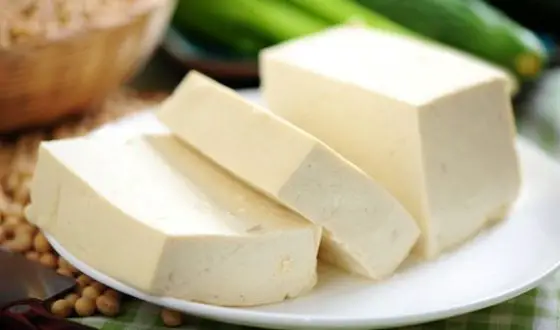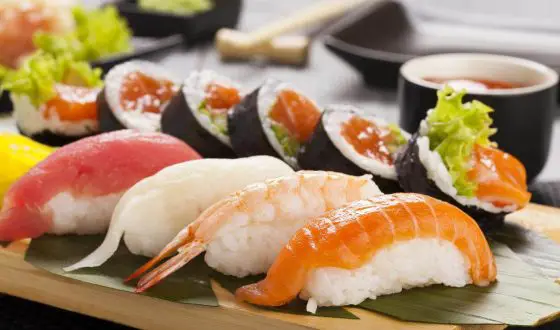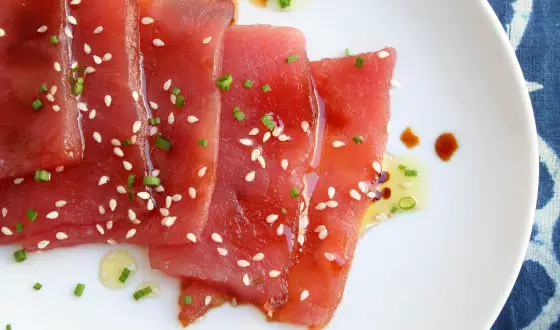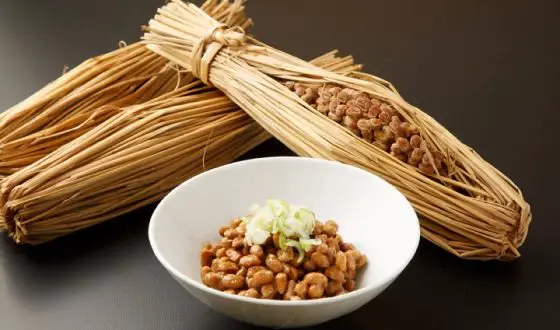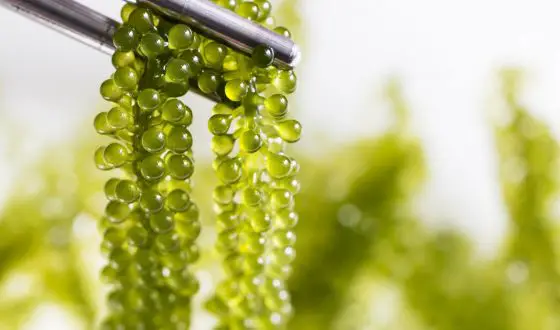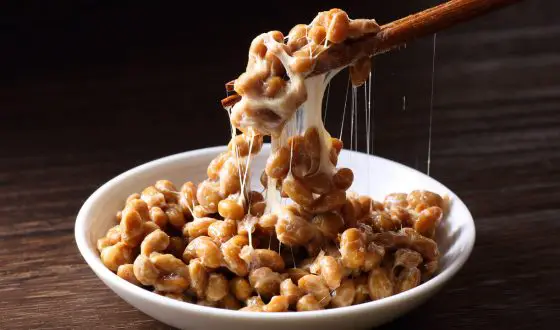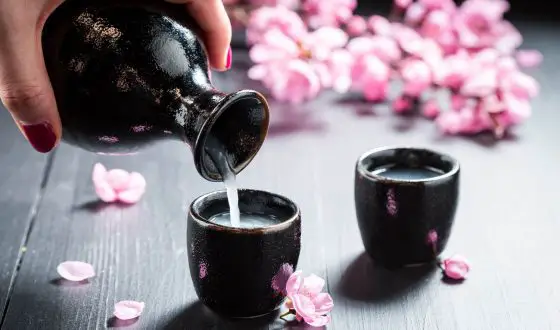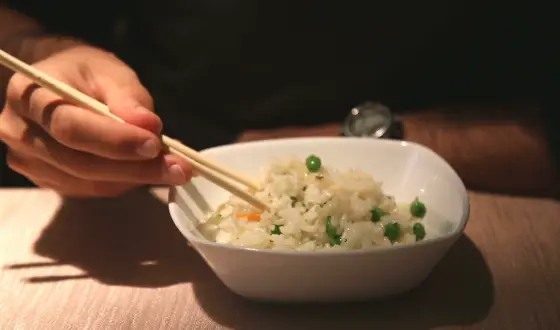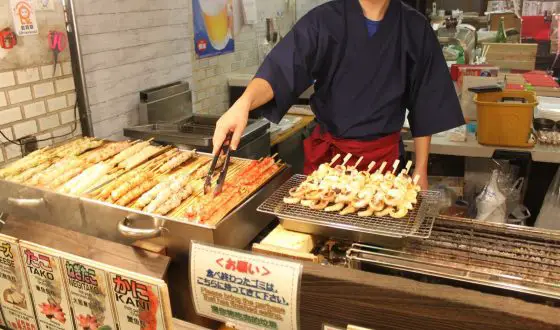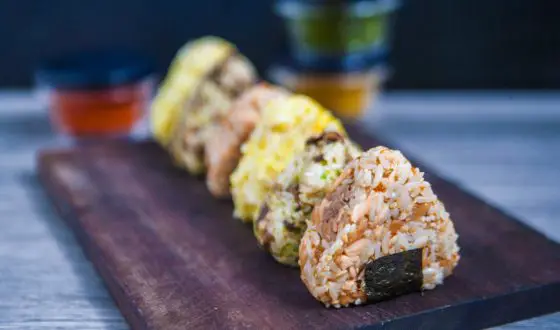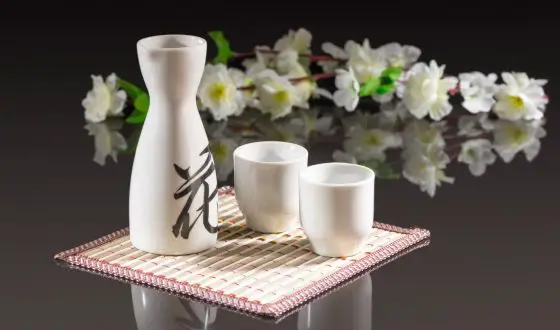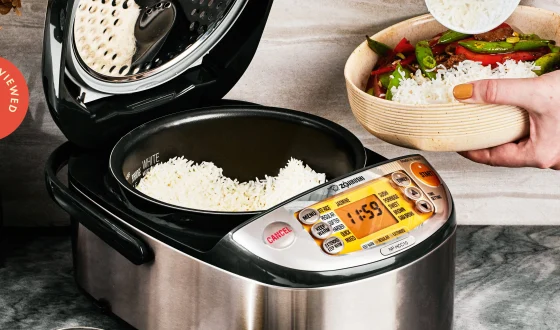- Homepage
- ›
- Page Not Found
Top 8 Best Japanese Knives You Must Have In Your Kitchen
Location guides
Tokyo Tower Vs Eiffel Tower: What are the main differences between them?
Intro Are you trying to decide between visiting the iconic Tokyo Tower in Japan or the iconic Eiffel Tower in France? Both of these stunning...
Shin-Fuji Station: Travel Tips And Transportation Guide
Intro Located at the base of Mt. Fuji on the Tokaido Shinkansen line, Shin-Fuji station combines charming traditional elements like wooden ceilings with modern comforts...
What to do in Morioka? – Japan Travel
14/07/2023
Can You Rent A Car in Japan? – Everything You Need to Know When Renting A Car
You'll miss out on some of Japan's most interesting sights if you just visit locations that are reachable by public transit. Trains are the best...
Major Airports In Japan: A Comprehensive Guide For You
To make your trip slightly easier, we've put together a list of the most major airports in Japan, along with access details and abbreviated codes....
How to Get A Free House in Japan? All You Need to Know about “ Free House” in Japan
How to get a free house in Japan? Free houses are being given away in Japan, according to recent headlines from well-known news sources that...
Seasonal Afternoon Tea in Tokyo – The Best Locations to Go in 2023
The old English tradition of afternoon tea is alive and well in Tokyo, where city hotels are continually competing with ever more opulent offerings. Furthermore,...
The Best Place to Buy Kimonos in Japan
17/01/2023
Pros And Cons Of Living In Japan
04/10/2021
Akiya: The Truth Of Free Houses In Japan
The concept of “free houses in Japan” has been viral for months on CNBC, CNN as well as endless national media sites. Some of you...
Japanese Phone Companies – Which Provides The Best Plans And Services?
Japan is one of the most leading countries in the mobile phone industry. Even before smartphones, Japanese mobile phones were among the first to include...
What Is The Minimum Wage In Tokyo Japan?
09/08/2021
What Is A Good Salary In Japan? Based on Occupation, Experience and Education
Salary is possibly the make-or-break factor when deciding upon a job opportunity. But hardly any foreigner knows what they should expect to earn in Japan....
Where Do Most People Live In Japan? And Why?
Even though Japan ranks 61st in terms of area, its ratio of population to size is among the top 10 of the world. So it...
2021 Complete Guide to Japanese Property Tax
10/07/2021
What is a 2LDK Apartment?
09/07/2021
How To Find Jobs In Japan? The Ultimate Guide 2021
Do you love Japan and want to move there one day? If yes, you may need to find a job to support your life in...
How to Get a Credit Card In Japan – A Complete Guide For Foreigners
Tourists are always advised to bring cash when traveling to Japan. But it is crucial to get a credit card in Japan if you plan...
Amazing Facts About Shopping In Japan
25/03/2021
25+ Best Things To Buy In Japan 2023
05/01/2021
How To Live In Japan For Long Term?
Japan is a nation of diverse contrasts, from the cosmopolitan appeal of Tokyo to the beautiful countryside surrounding the ancient capital Kyoto. Moreover, it has...
What Are Tokyo House Prices? Are They Really Expensive?
You are thinking about relocating to Tokyo and you want to buy a house instead of renting an apartment there. However, you do not know...
Starting A Business In Japan As A Foreigner
02/11/2020
Japan Working Culture – The Old Vs The New
Japan is famous for its unique food and art culture, but of course, Japan working culture is also distinct. If you intend to work in...
Is Studying Abroad in Japan Worth It?
At this moment, more than 200,000 foreign students are studying abroad in Japan with high hope for not only a bright future but also a...
Compare 10 Cheapest Places To Live In Japan
27/09/2020
Where To Stay In Osaka? – Useful Tips For Foreigners
Known as Japan’s third-largest metropolis, Osaka is one of the most attractive tourist spots with diverse cultures and supper friendly locals. In recent times, thanks...
An Overview Of The Average Salary In Tokyo
Being one of the most modern and wealthiest cities in the world, Tokyo, the capital of Japan, has attracted more and more foreigners to relocate...
A Detailed Guide On Where To Stay In Tokyo
21/08/2020
Ultimate Guide On Getting Around In Tokyo
05/08/2020
A Complete Guide to Japanese Housing Price
05/08/2020
Smoking In Japan – An Useful Guide For Foreigners
For smokers planning to go to Japan in the near future, it is vital to update the country’s smoking rules and etiquette before your departure....
What It’s Like Living In Rural Japan?
In comparison with the bustling life of big cities like Tokyo in Japan, life in Japanese rural areas is very different. If you are curious...
How To Become A Japanese Citizen
22/07/2020
How To Clean Tatami Mats Quickly And Properly
Beside sliding doors, low tables or futon, tatami mats are a key element in almost all Japanese style rooms. To make the mats always attractive...
Traditional Japanese Futon – All You Need to Know
Walmart and IKEA may be futon centers nowadays, but this traditional Japanese futon has a much longer and richer history. They were prevalent in Japan...
All About Japanese Style Rooms
08/06/2020
Japanese Apartment Layout – An Useful Guide
16/05/2020
2020 Guide To Share House In Japan
02/05/2020
Types Of Japanese Swords – A Way To Japanese Art Culture
A long time ago, the Japanese sword had been practically used as a powerful fighting weapon in the combat of Samurai. It was the perfect...
Ibaraki Explore: Hitachi Seaside Park
Japan travel isn’t all modern skyscrapers and crowds, there’s also vibrant and untouched natural beauty, the best of which is found in the country’s national...
Traditional Japanese Clothing Through Ages
05/03/2020
Japanese Wind Chimes – A Characteristic Symbol of Japan
Strolling around somewhere in Japan, you may hear the beautiful soothing sounds of Japanese wind chimes or furin which is one of the most characteristic...
Ultimate Guide On Major Airports in Japan
Japan, one of the most advanced countries, is a dream destination for many travelers around the world. To meet the rapid development of the tourism...
Cost Of Living In Tokyo: Expensive Or Not?
06/01/2020
How Much Is The Average Salary In Japan?
04/01/2020
Tokyo Taxi – All You Should Know
03/01/2020
What Is A Studio Apartment? All You Should Know
You’re looking for an apartment in Japan which is smaller than other kinds of apartments, but still comfortable and cost-effective. You start looking around and...
Osaka vs Tokyo – A Walk-Though Of Two Super Cities
Japan, the land of the rising sun, is undoubtedly a dream destination for many travelers around the world. When talking about the best places to...
The Most Popular Japanese Flower Meanings
07/10/2019
Onsen Guide: Top 15 Best Onsen In Tokyo
04/08/2019
Maid Café In Tokyo – The Strangest Service On Earth?
Café is a very common service all around the world, but have you ever heard of maid café? Yes, it sounds crazy but you don’t...
Most Popular Types Of Kimono In Japan
When mentioning Japan, people will immediately think of the images of magnificent Fuji mountain, stunning cherry blossoms, romantic roads covered in red leaves, and of...
Why Do People In Japan Wear Masks?
05/06/2019
10 Best Day Trips From Kyoto
18/05/2019
How To Wear A Kimono? A Very Comprehensive Guide
Have you ever been curious about the traditional dresses of women around the world and how to wear them? Ao dai of Vietnam, Hanfu or...
Let Your Hair Down In The Best Onsens In Japan
Soaking your body into hot bathtubs is a very relaxing way after a long exhausting day of traveling. The best onsens in Japan can offer...
Travel tips
Winter Wardrobe Wisdom: What to Wear in Japan in December
Discover the perfect attire for your December journey in Japan. From layering essentials to regional insights, this guide ensures you stay cozy and culturally respectful...
Things To Do In Ueno: Exciting museums, cherry blossom viewing spot and more
If you come to Tokyo, spend a day discovering the top things to do in Ueno. As a peaceful area in the Taito Ward, Ueno...
Tokyo Subway Day Pass For Newbie
All the information about which subway passes will save you money on your Tokyo travels. Locals and visitors visiting Tokyo can choose from a variety...
How Many Days To Spend In Tokyo?
Imagine you have a short trip to Japan and you wonder how many days are right to visit this country’s beautiful capital - Tokyo? The...
Traveling During Rainy Season In Japan – A Romantic Journey
Japan is considered one of the most beautiful places in the world with four distinct seasons. Though it's always worth visiting Japan at any time...
Living In Japan – Why Not?
20/02/2020
25 Tips For A Perfect Solo Trip To Japan
07/02/2020
Driving In Japan – All You Should Know
03/02/2020
Typhoon Season In Japan: Facts And Safety Tips
The weather is apparently the first factor to consider when and where to go on a vacation. Spring with pleasant weather or summer with bright...
Ways To Travel From Tokyo To Osaka.
28/09/2019
Transportation In Japan – Every Thing You Need To Know
How to commute in Japan? Well, most tourists may have the question in their mind when visiting Japan for the first time. So in today’s blog,...
Things to do
Kabukicho: Tokyo Red Light District – Read This Before You Go [2023 Updated]
Have you ever heard about Tokyo red light district? Do you know anything about it? Are you curious about this place? Well, the red light...
Top 10 Things to do Around Kamakura
Kamakura is a coastal town near Tokyo known for its temples and shrines, the renowned huge Buddha statue, several stylish boutiques and restaurants, and sandy...
What’s The Best Way To Learn Japanese?
04/10/2020
Japanese Weapons – The Ultimate Power Of Japanese Warriors!
Japan is one of the most influential countries in the world in terms of economics, international politics and military strength. In fact, it is one...
How Long Does It Take To Learn Hiragana? – A Detailed Answers
Japan is a fascinating country with picturesque natural scenery and interesting culture. If you are a big fan of the land of the rising sun...
Buying A House In Japan – Not As Difficult As You Think
In terms of law, the procedure of buying property in Japan has almost nothing different in comparision to other countries. Nevertheless, the actual process is...
Hokkaido Ski Resort: Insider’s Guide to Hokkaido skiing
Located in the most northern part of Japan, Hokkaido is the largest island of Japan with an area of about 83,450 km2. This region has...
Top 11 Japanese Board Games You Should Not Miss
If you are a fan of the manga Hikaru or Conan, you must be familiar with Go or Shogi - two of the most popular...
Tokyo Nightlife: Top 19 Things To Do
It’s not exaggerating to say that Tokyo is a city that never sleeps. Without some experience of Tokyo nightlife, it’s impossible to get to know...
11 Best Animes Like Sword Art Online
05/08/2019
Top 10 Things To Do In Asakusa
Asakusa is a traditional downtown area in Tokyo, home to the oldest temple in the city which makes it famous to foreign tourist. Before most...
Ultimate Guide On What To Buy In Japan
Japan, “The land of the rising sun”, is undoubtedly a dream destination and never fails to impress travelers. Not only famous for its rich culture...
Ninja Vs Samurai? What’s The Difference?
19/07/2019
Top 10 Fantastic Things To Do In Shinjuku
06/07/2019
Gain An Insight Into Traditional Japanese Instruments
Most of us are certainly familiar with many commonplace instruments such as flutes, drums, or guitars. Those ones appear in many nations like China, USA,...
102 Beautiful Japanese Unisex Names With Meaning
Japan, known as the “Land of the Rising Sun”, is famous for not only beautiful landscape and unique cuisine but also a variety of adorable...
10 Best Should-Watch Anime Like Naruto
18/05/2019
BEST Things To Do In Hakone In 2019
Located in Kanagawa, which is not far from Tokyo, Hakone is an ideal destination for not only Japanese but also tourists all over the world...
Japan Guide: Top AMAZING Things To Do In Kyoto At Night
Have you ever heard about a book titled “Eat, pray, love” by Elizabeth Gilbert, a New York Times Bestselling author? If yes, you must be...


